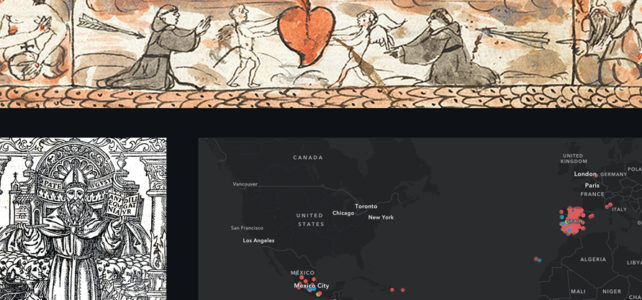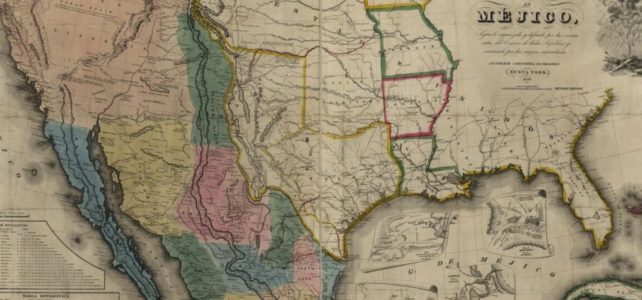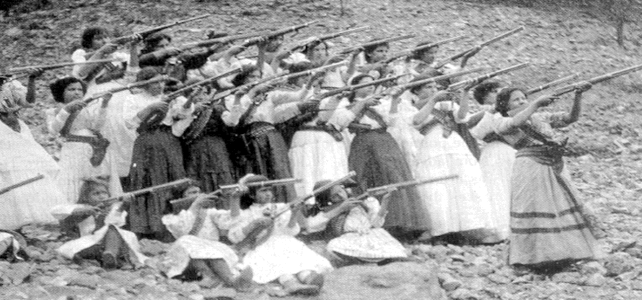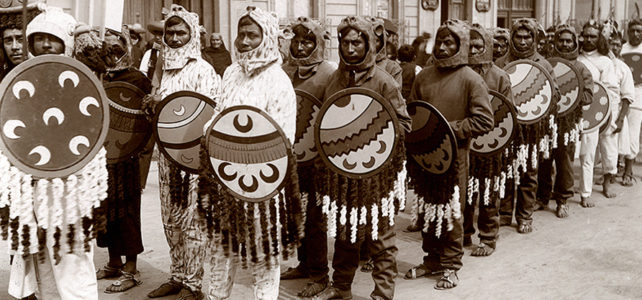This exhibition focuses on the lives of Augustinian friars who professed to the Augustinian Order in Mexico City’s convent.
The Augustinian Order in Sixteenth-Century Mexico (Exhibition)



This exhibition focuses on the lives of Augustinian friars who professed to the Augustinian Order in Mexico City’s convent.

This step-by-step tutorial will introduce you to ArcGIS Online and ArcGIS StoryMaps, free web-based tools that help you visualize and present geospatial research, using data and images from materials related to the Augustinian Order in sixteenth-century Mexico preserved at the Benson Latin American Collection.

These activity cards will help students understand multiple perspectives during the Spanish invasion of the Americas.

Selection of pictorial, topographical, and political maps at the Benson Latin American Collection.

The exhibition focuses on three distinct moments when maps played an integral role in the transformation of Mexico and its political geography. In the sixteenth century, early colonial pictographic maps drawn by indigenous artists reflect the growth of Spanish colonial administration. In the eighteenth century, new maps of Mexico’s principal cities serve as both representations and instruments of the viceregal government’s efforts to re-order and regulate Mexican social life and public spaces. In the nineteenth century, maps are central to the military struggle for independence and the defense of contested national borders.

This is a digital collection of the first books printed in the Americas before 1601 currently held in 26 partner institutions.

This assignment helps students think critically about the geographical and political definition of the U.S.-Mexico boundary and its effect on people living in the borderlands through the analysis of the 1848 Treaty of Guadalupe Hidalgo text and contemporary historical maps.

Identify the common causes for resistance in the revolution by learning about the famous faces behind the Mexican Revolution (Zapata & Villa), as well as the less discussed heroes and heroines (Petra Herrera & Vicente Guerrero).

Through the comparison of photographs and analysis of textual sources, this lesson helps students think though the causes of the revolution that are tied to colonial structures.

Through an experiential learning format, this 6-week plan is divided in three segments, each corresponding to the steps of the development of a digital project: theory, design and building of digital product, and public outreach. It has been designed to incorporate digital praxis into your courses, and move from theory to praxis.